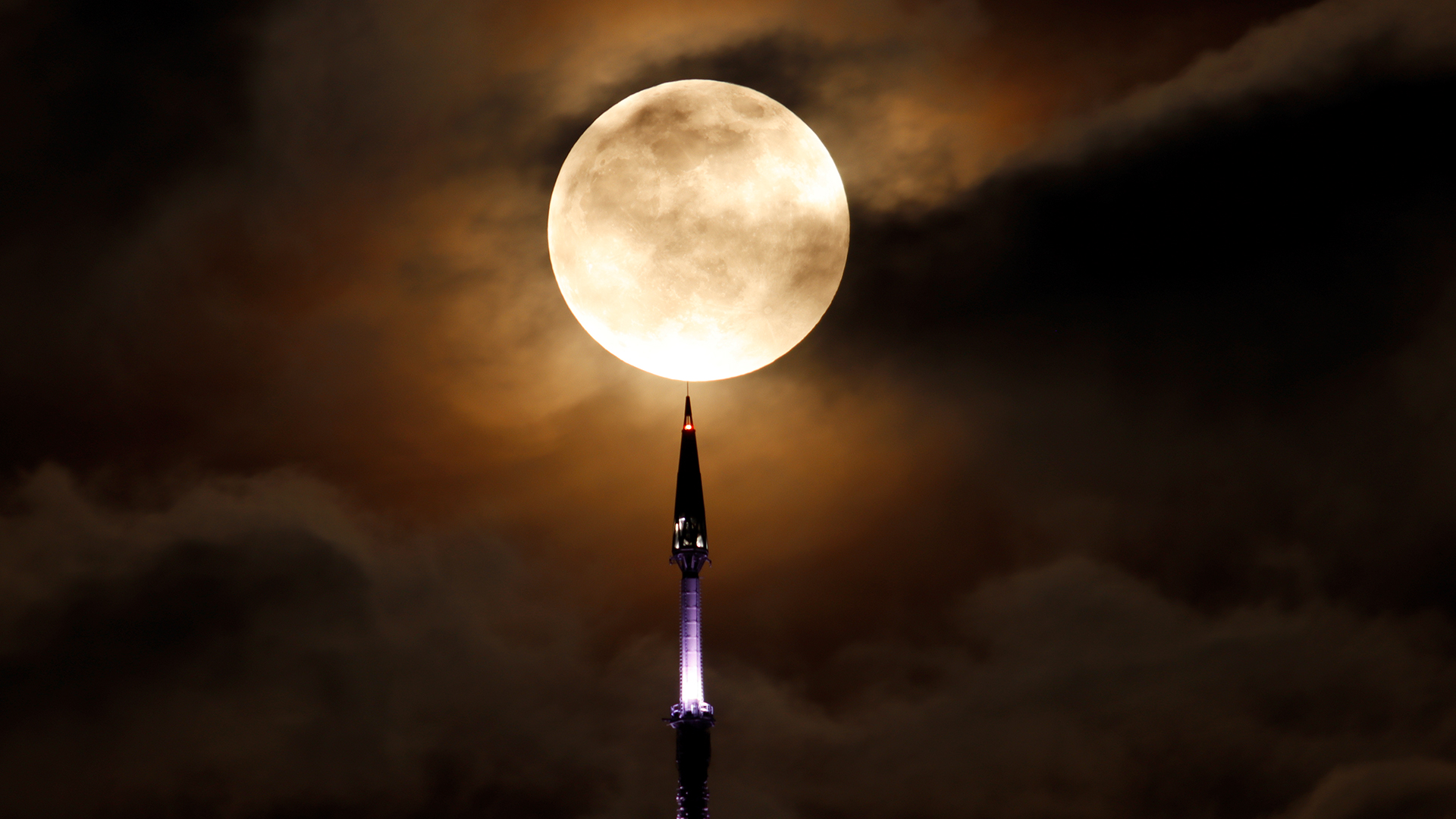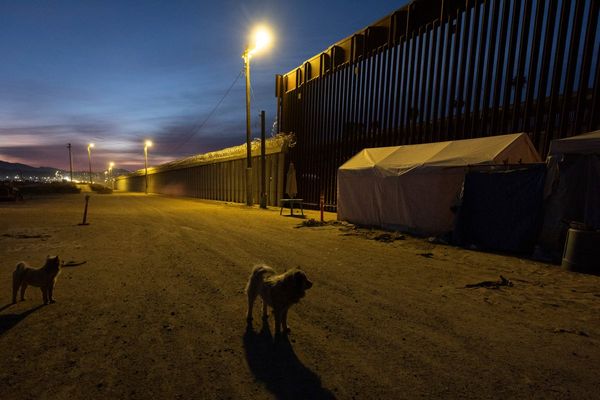
The biggest and brightest full moon of 2023 will rise on Aug. 30, and its strange name deserves an explanation. Called a "blue supermoon," it is the result of three lunar phenomena happening at once.
The "blue" supermoon's name has nothing to do with the moon's color. In fact, it will actually be orange. The blue supermoon gets the first part of its name for a different reason: It's the second full moon in August.
There are two types of blue moon. The August blue supermoon falls into the first category: two full moons occurring in the same month. That's occasionally inevitable; a new full moon rises every 29.5 days. Given that the Sturgeon Moon occurred on Aug. 1, 2023, the Aug. 30 full moon will be a blue moon. Blue moons of this type, called "calendar blue moons," occur roughly every two or three years, with the next one occurring on May 31, 2026, according to timeanddate.
Related: Scientists map 1,000 feet of hidden 'structures' deep below the dark side of the moon
The second type of blue moon, called a "seasonal blue moon," describes the third full moon of four during one astronomical season. This occurs when a calendar year has 13 full moons instead of the typical 12. (A lunar year — 12 orbits of Earth by the moon — takes 354 days, while Earth's solar year is 365 days.) The next seasonal blue moon, which also happens every two or three years, will occur on Aug. 19, 2024, according to timeanddate.
So, where does the second part of the name come from? A supermoon occurs when the full moon is close to its nearest point to Earth in its orbit. The moon's orbit of Earth is elliptical, so every month, it reaches a closest point (perigee) and farthest point (apogee). Moons that come within 90% of perigee in a given month qualify as supermoons, according to Fred Espenak, an astronomer and former eclipse calculator for NASA.
August's second full moon is the third and closest of four supermoons in 2023. At 222,043 miles (357,344 kilometers) from Earth, it will be the biggest and brightest supermoon of 2023, though it will be only 115 miles (186 kilometers) closer than Aug. 1's full moon, which was 222,158 miles (357,530 km) away.
The next full moon will be the Harvest Moon, on Sept. 29. In addition to being one of the best-known full moons of the year, it's the last supermoon in 2023.
Find out the exact time of moonrise for your location, and prepare for the spectacular sight of the blue supermoon on the eastern horizon next week.
And if you're looking to get into skywatching and astronomy, we have plenty of guides to help you get started. If you want to view the night sky, check out our best binoculars for stargazing and best telescopes guides. Or, see our picks for the best astrophotography cameras for capturing snaps of the spectacular views.







